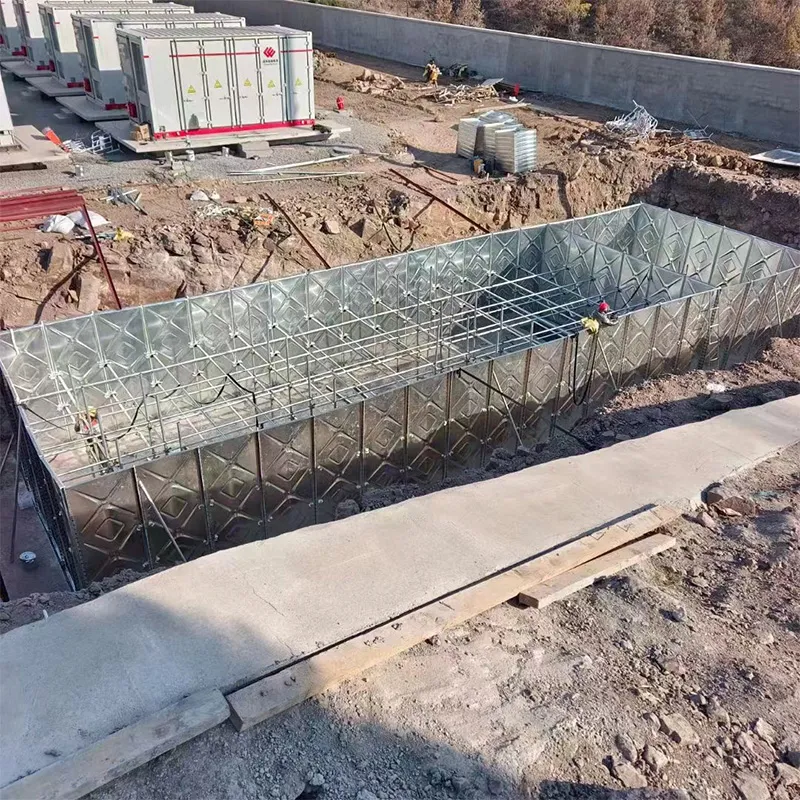loading...
- No. 9, Xingyuan South Street, Dongwaihuan Road, Zaoqiang County, Hengshui, Hebei, China
- admin@zjcomposites.com
- +86 15097380338
- Welcome to visit our website!
Innovative Applications of FRP Grating Panels in Modern Construction and Design
The Advantages and Applications of FRP Grating Panels
Fiber Reinforced Polymer (FRP) grating panels are becoming increasingly popular across various industries due to their excellent properties and versatile applications. These panels, made from a composite material consisting of a polymer matrix reinforced with fibers, offer a robust solution for environments where traditional materials may fall short. This article explores the benefits and uses of FRP grating panels.
Superior Strength-to-Weight Ratio
One of the primary advantages of FRP grating panels is their remarkable strength-to-weight ratio. This feature makes them ideal for applications where structural integrity is crucial without the burden of heavy materials. For example, in the construction of walkways or platforms, FRP grating panels provide a safe and sturdy surface while significantly reducing the load on the underlying structure.
Corrosion Resistance
FRP grating panels exhibit outstanding resistance to corrosive environments. Unlike metal gratings, which can rust and degrade over time, FRP panels do not corrode, making them an excellent choice for industries such as chemical processing, wastewater treatment, and marine applications. Their durability in harsh conditions translates into lower maintenance costs and extended service life, a significant advantage for facility managers.
Versatility in Design
FRP grating panels come in various shapes, sizes, and colors, making them highly versatile for numerous applications. They can be customized to fit specific design requirements, whether for industrial settings, commercial buildings, or architectural projects. This flexibility allows for innovative design solutions, enabling architects and engineers to incorporate FRP grating panels into their projects seamlessly.
frp grating panels

Safety Features
Safety is a paramount concern in any industrial or commercial setting. FRP grating panels are designed with slip-resistant surfaces, enhancing safety for workers and visitors. Furthermore, their non-conductive properties make them an excellent choice for electrical applications, reducing the risk of electrical hazards. Companies can benefit from implementing these grating panels, not just from a safety standpoint but also in terms of reducing liability and associated costs.
Lightweight and Easy to Install
The lightweight nature of FRP grating panels significantly simplifies transportation and installation processes. Unlike traditional steel gratings, which often require heavy machinery for installation, FRP panels can be handled easily by a small crew. This characteristic reduces labor costs and installation times, enabling projects to be completed more efficiently.
Environmental Considerations
As sustainability becomes an essential factor in construction and manufacturing, FRP grating panels present an eco-friendly alternative. They are often made from recycled materials, and their long lifespan contributes to reduced waste. Additionally, the lower energy requirements for manufacturing and maintenance compared to metal options align with sustainable practices.
Conclusion
In conclusion, FRP grating panels represent a forward-thinking solution for various industries, offering a combination of strength, safety, and versatility. Their resistance to corrosion, lightweight nature, and environmental benefits make them a smart choice for any application requiring durable, reliable material. As industries continue to evolve, embracing innovative materials like FRP will be crucial in meeting the demands of modern construction and infrastructure needs. Adopting FRP grating panels is not just a trend but a strategic move towards greater efficiency, safety, and sustainability.
-
The Rise of FRP Profiles: Strong, Lightweight, and Built to LastNewsJul.14,2025
-
SMC Panel Tanks: A Modern Water Storage Solution for All EnvironmentsNewsJul.14,2025
-
GRP Grating: A Modern Solution for Safe and Durable Access SystemsNewsJul.14,2025
-
Galvanized Steel Water Tanks: Durable, Reliable, and Ready for UseNewsJul.14,2025
-
FRP Mini Mesh Grating: The Safer, Smarter Flooring SolutionNewsJul.14,2025
-
Exploring FRP Vessels: Durable Solutions for Modern Fluid HandlingNewsJul.14,2025
-
GRP Structures: The Future of Lightweight, High-Performance EngineeringNewsJun.20,2025
